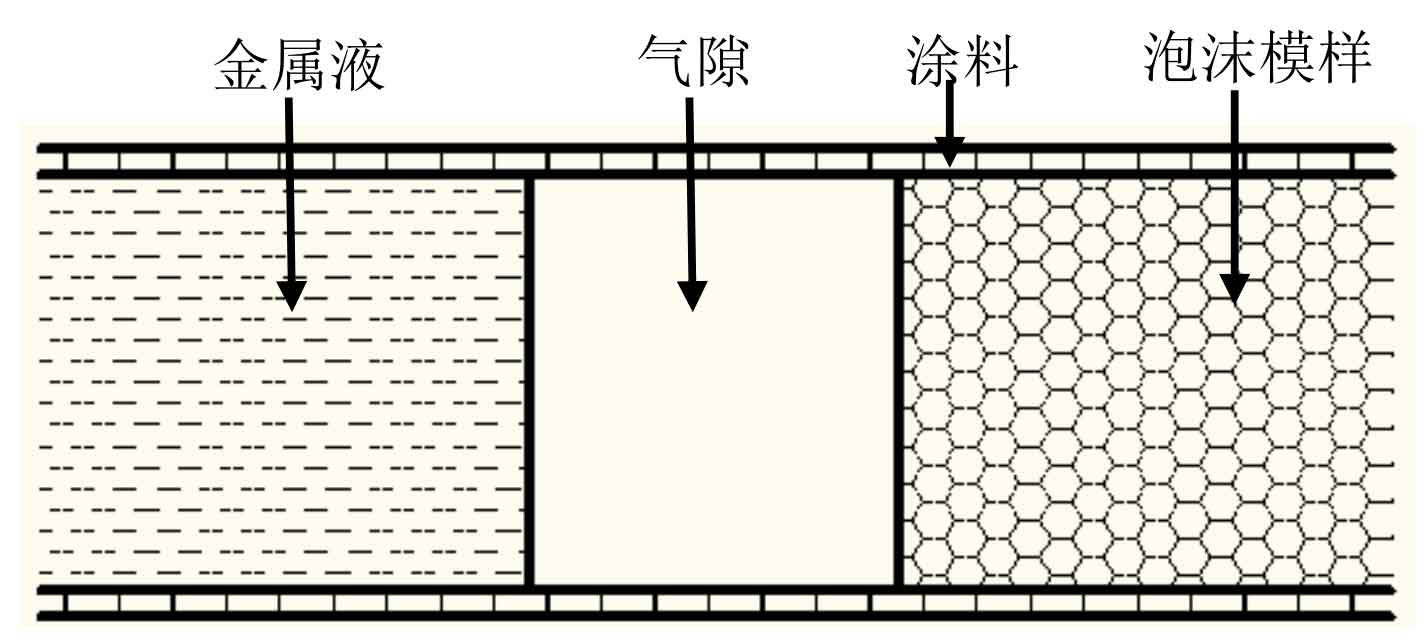Lost foam casting is formed by foamed plastic beads (EPS, EPMMA or STMMA) after foaming and molding in the mold, making it similar to or similar to the size of the casting. Apply fire-resistant coating and put it into the sand box after drying; Dry sand vibration (two-dimensional vibration or three-dimensional vibration) is added in the sand box to fill and compact; Pouring under negative pressure (vacuumizing the cavity); Under the action of high temperature molten metal, the pattern clusters are decomposed and vaporized, and the foam casting is replaced by metal liquid to produce the lost foam casting process.
The difference between lost foam casting and other casting methods is that during the filling process, there are many physical and chemical phenomena in the filling process of molten metal, including metal liquid flow, medium heat transfer, foam pattern pyrolysis and gasification, making the mold filling process of lost foam casting become very complicated. Under the action of high temperature molten metal, there is a large amount of gas generated by hot cracking and gasification in the foam pattern. There is an air gap between the filling front of the molten metal and the foam pattern during filling process. As shown in Fig. 1, the air gap is formed by EPS decomposition. It will react with the high temperature molten metal at the front of the mold filling to make the flow field in the mold cavity. The change of temperature field also affects the mold filling ability of liquid metal, and may lead to the production of defects in lost foam casting. This process is completely different from the traditional sand casting. The existence of air gap will eventually have a great impact on the internal quality of the casting.
The filling and solidification characteristics and the factors affecting the filling and solidification process in lost foam casting are introduced. The numerical model, solution process and method of simulation of mold filling and solidification process in lost foam casting are introduced. The lost foam casting simulation software ProCAST is also introduced, with emphasis on the pretreatment setting of lost foam casting simulation using ProCAST software.

